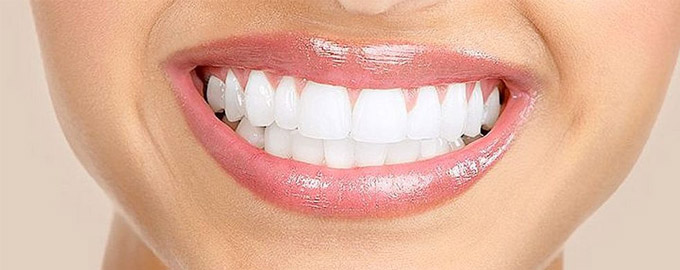Introduction
Various techniques are being used to treat bone fractures from the last many years but with technological advancement, there has been a breakthrough in dentistry. Teeth can get damaged due to many factors. This is caused by natural or other circumstances. Bone plating in teeth helps to heal fractures and it reduces the pressure on the lower jaw. Between the areas of compression and tension there lies a neutral zone.
Bone plating
Bone plating in dentistry is complicated by the teeth presence, soft tissues, and thin cortical bone. The neutral zone does not need hardware since this depends on the level of the bite which the individual is going to apply. In treatment, the hardware is placed on the inferior mandibular border because it is in a vibrant location. To increase safety, dentists can apply the tension band.
What about bone and bone healing?
The bone is an ever-evolving connective tissue that serves vital purposes. Some of the major bone functions include:
- Forms part of the skeleton
- Consists of various cells such as osteoblasts, osteocytes, and osteoclasts
- The bone is necessary for regulation of serum electrolytes
- The bone is highly metabolically active
- Marrow cavities are full of hematopoietic elements that are vital and maintain the blood components along with regulating the immune system.
Bone is a complex organ in the teeth and while getting the teeth bone plating it needs to be given major consideration. The doctor will study the bone anatomy to give successful results. Bone healing is divided into categories which include:
- Direct bone healing: Direct bone healing needs rigid fixation and immobility of fracture segments with a small space between them. With this, the osteoclasts move to the damaged or fractured region and wide adjacent system.
- Indirect bone healing: Indirect bone healing is needed in case of a larger interfragmentary. This process is complex and complicated as it involves the formation of a bone calculus which is a fibrocartilaginous intermediary.
Compression Plate Osteosynthesis
The Compression Plate Osteosynthesis is the most used technique for fixation of mandible fractures as compared to the other methods such as compression and dynamic compression plating. You need to make sure to consult the best doctor as he or she will make sure the results are viable and your problem is solved.
Getting in Touch is easy
Fill out our enquiry form, we will get back you shortly.

